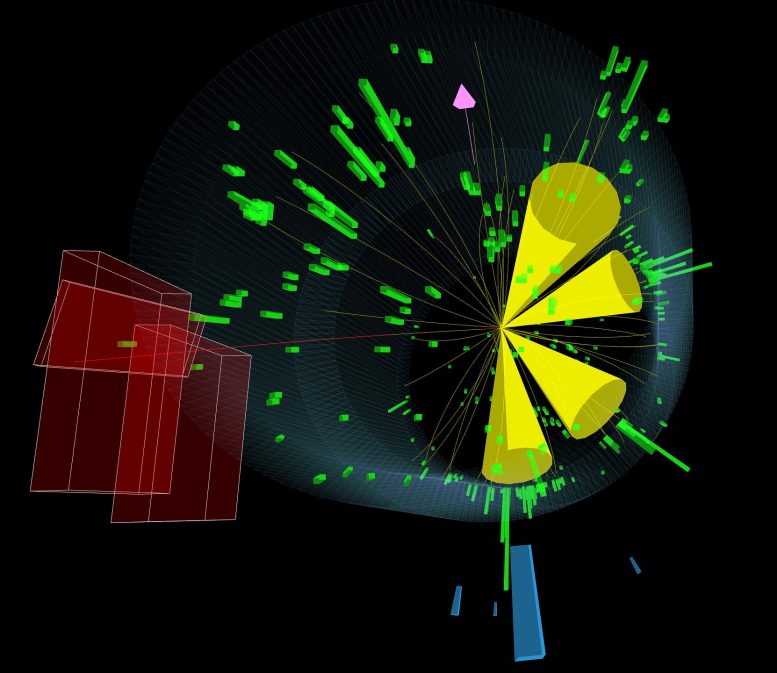
The CMS collaboration at the Large Hadron Collider measures the mass of the top quark with unparalleled accuracy. Credit: CERN
Precise knowledge of the top-quark mass is of paramount importance to understanding our world at the smallest scale.
The Compact Muon Solenoid (CMS) collaboration at the Large Hadron Collider (LHC) has performed the most accurate ever measurement of the mass of the top quark – the heaviest known elementary particle. The latest CMS result estimates the value of the top-quark mass with an accuracy of about 0.22%. The substantial gain in accuracy comes from new analysis methods and improved procedures to consistently and simultaneously treat different uncertainties in the measurement.
Precise knowledge of the top-quark mass is of paramount importance to understanding our world at the smallest scale. Knowing this heaviest elementary particle as intimately as possible is essential because it allows testing of the internal consistency of the mathematical description of all elementary particles, called the Standard Model.
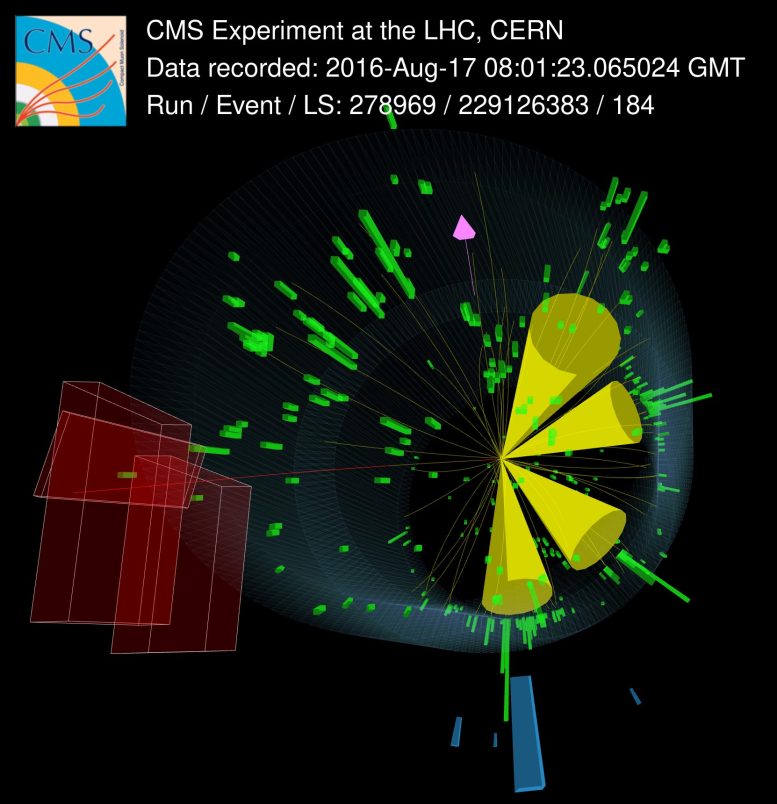
The classical signature of a top-quark pair produced in LHC collisions is four jets (yellow cones), one muon (red line, also detected by the CMS muon detectors as red boxes), and missing energy from a neutrino (pink arrow). Credit: CERN
For example, if the masses of the W boson and Higgs boson are known accurately, the top-quark mass can be predicted by the Standard Model. Likewise, using the top-quark and Higgs-boson masses, the W-boson mass can be predicted. Interestingly, despite much progress, the theoretical-physics definition of mass, which has to do with the effect of quantum-physics corrections, is still tough to pin down for the top quark.
And remarkably, our knowledge of the very stability of our universe depends on our combined knowledge of the Higgs-boson and top-quark masses. We only know that the universe is very close to a metastable state with the precision of the current measurements of the top-quark mass. If the top-quark mass was even slightly different, the universe would be less stable in the long term, potentially eventually disappearing in a violent event similar to the Big Bang.
To make their latest measurement of the top-quark mass, using data from proton–proton LHC collisions collected by the CMS detector in 2016, the CMS team measured five different properties of collision events in which a pair of top quarks is produced, instead of the up to three properties that were measured in previous analyses. These properties depend on the top-quark mass.
Furthermore, the team performed an extremely precise calibration of the CMS data and gained an in-depth understanding of the remaining experimental and theoretical uncertainties and their interdependencies. With this innovative method, all of these uncertainties were also extracted during the mathematical fit that determines the final value of the top-quark mass, and this meant that some of the uncertainties could be estimated much more accurately. The result, 171.77±0.38 GeV, is consistent with the previous measurements and the prediction from the Standard Model.
The CMS collaboration has made a significant leap forward with this new method to measure the top-quark mass. The cutting-edge statistical treatment of uncertainties and the use of more properties have vastly improved the measurement. Another big step is expected when the new approach is applied to the more extensive dataset recorded by the CMS detector in 2017 and 2018.

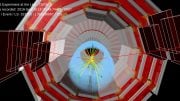
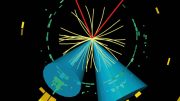
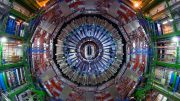
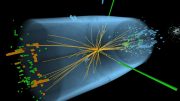
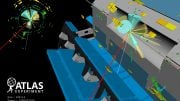
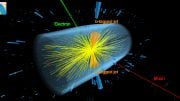
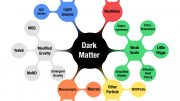
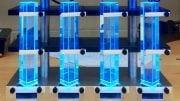
The .22% accuracy in the measurement of top quark is a right mark.
The accuracy in measurement,that is .22% for mass of top quark is good as per theory.